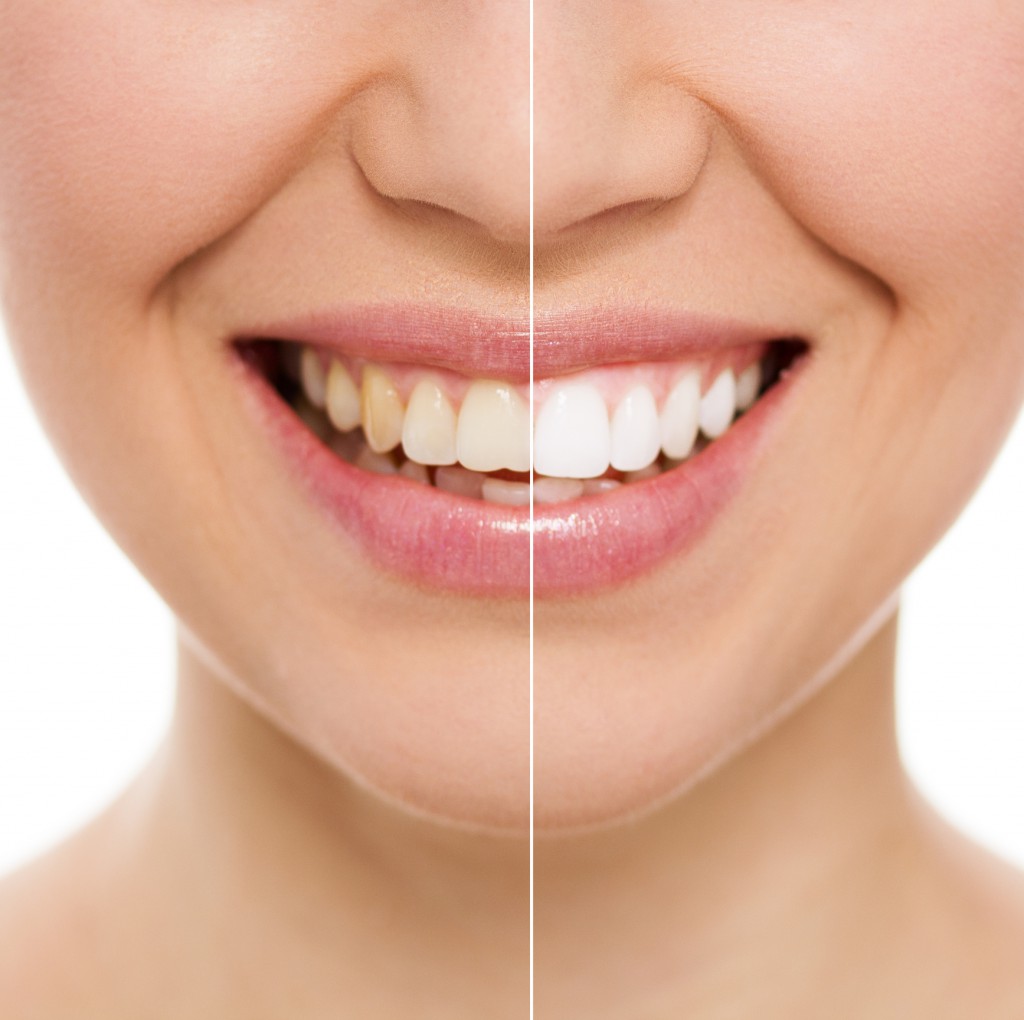Do you know your canines from your crowns? Can you tell your molars from your premolars? If you can’t, then don’t worry; in this post, we’ll go over these types of teeth as well as some of the other parts of your mouth. So if you didn’t pay enough attention to Science during school, now’s the time to catch up!
Types of teeth
- Incisors. These are your front teeth. You have four incisors in your top jaw and four more in your bottom jaw. They’re frequently described as “chisel shaped” because they’re sharp, although you could also think of them as little knives, because their role is to cut the food that you eat.
- Canines. No, we’re not talking about dogs; we’re talking about the teeth next to your incisors. They’re shaped like points, making them useful for tearing food. Dracula had large canines, as do most carnivores.
- Premolars. These are the teeth next to your canines. We each have eight premolars: two in each jaw on each side of the mouth. Premolars are basically a hybrid between canines and molars; they’re good at grinding food and they’re also good for tearing too.
- Molars. These are the teeth at the back of your mouth. They’re large and relatively flat, making them good for chewing. We each have twelve molars: three in each jaw on each side of the mouth. The third molar is commonly called the wisdom tooth, and it’s this tooth that often causes the most trouble.
Parts of your teeth
- Enamel. Enamel is the outer layer of the tooth. It’s extremely hard and durable, allowing your teeth to last a lifetime. However, your enamel is also susceptible to decay from bacteria, which is why it’s important to brush and floss regularly.
- Dentin. Underneath the enamel layer is a layer called dentin. Dentin is made of living tissue. It communicates with the nerves in your teeth to tell you when you should be feeling pain.
- Pulp. The pulp is the soft centre of the tooth. It’s where the blood vessels and nerves are found. If decay reaches your pulp then you may need a root canal, which is all the more reason to look after your teeth properly!
- Root. The root is the part of the tooth that keeps your tooth held firmly in place in your jaw.
Other parts of your mouth
- Gums. Your gums are made of soft tissue and they serve as a barrier to protect the tissue underneath. They also surround your teeth and provide a tight seal around them. Healthy gums are usually a coral pink colour, so red gums can be a sign of early gum disease.
- Gum line. This is the line where your teeth and gums meet. It’s also the place where plaque often builds up if you’re not careful, which can lead to gum disease.
Conclusion
As you’ve seen, your mouth is full of different parts, all of which work together to help you to eat, talk and smile. Hopefully, you have a new appreciation for your teeth and you’ll look after them to keep them safe and healthy!




